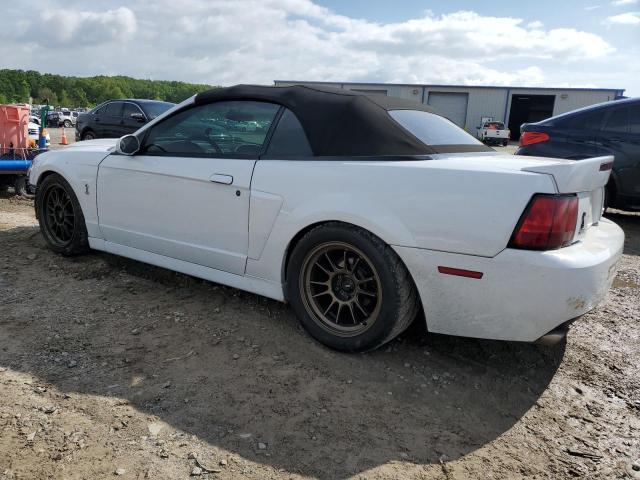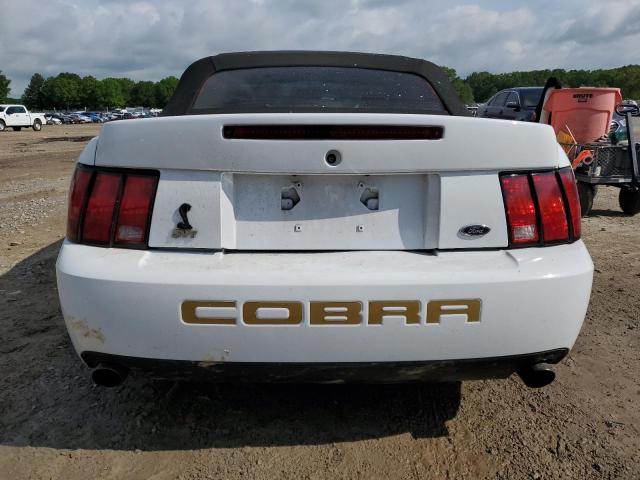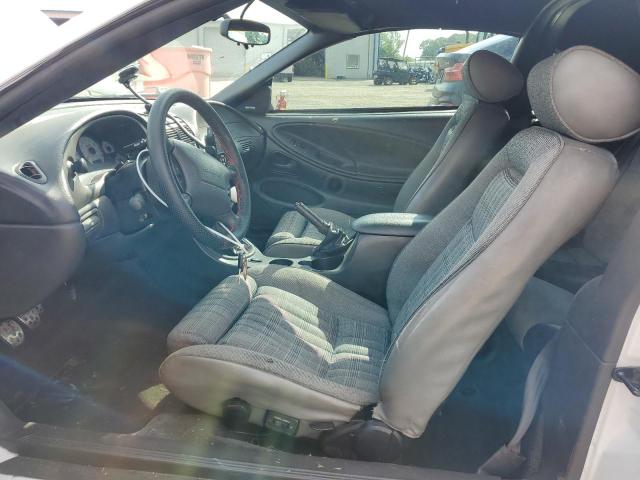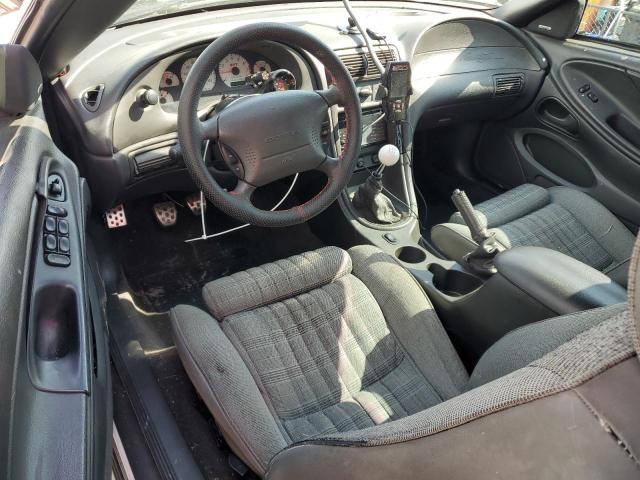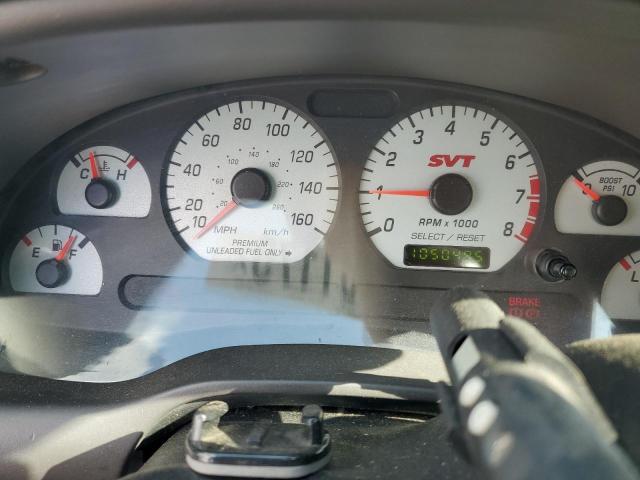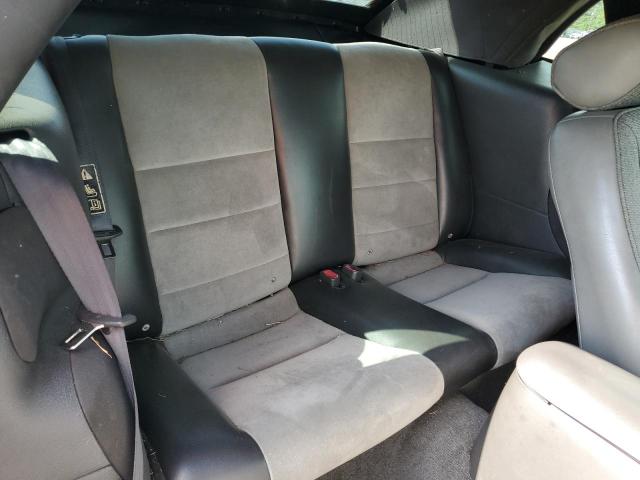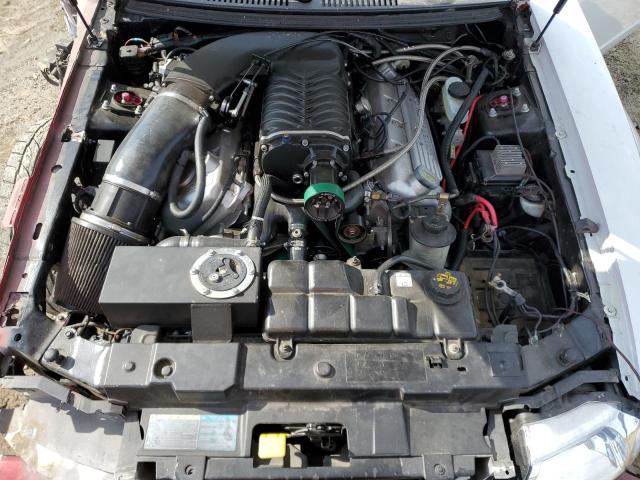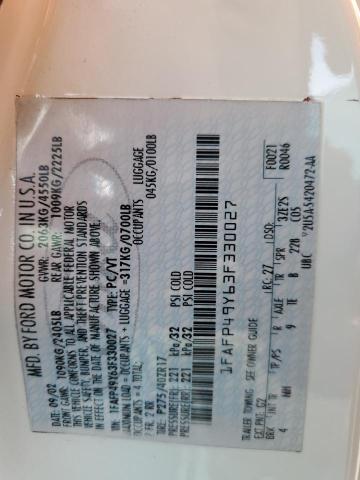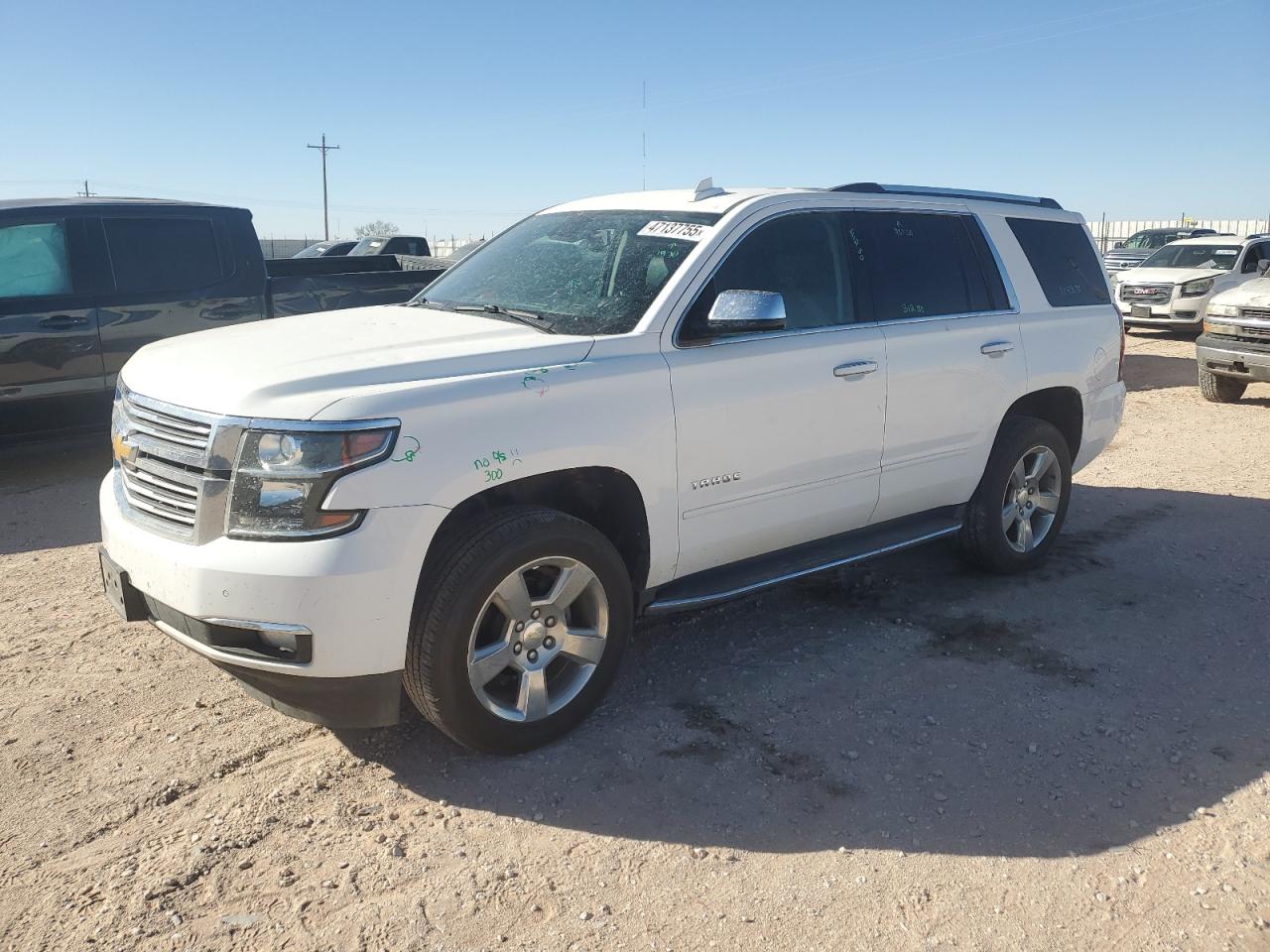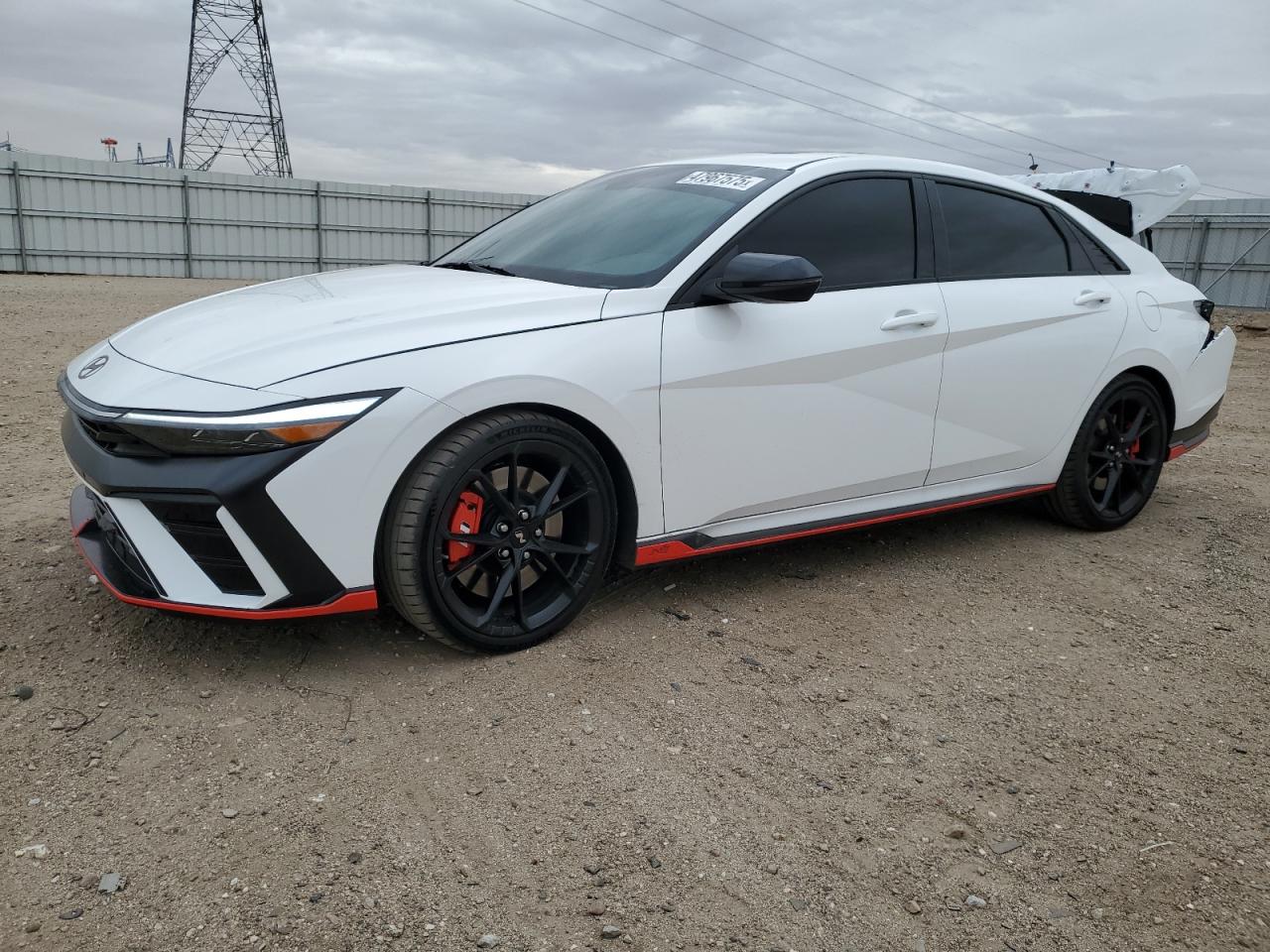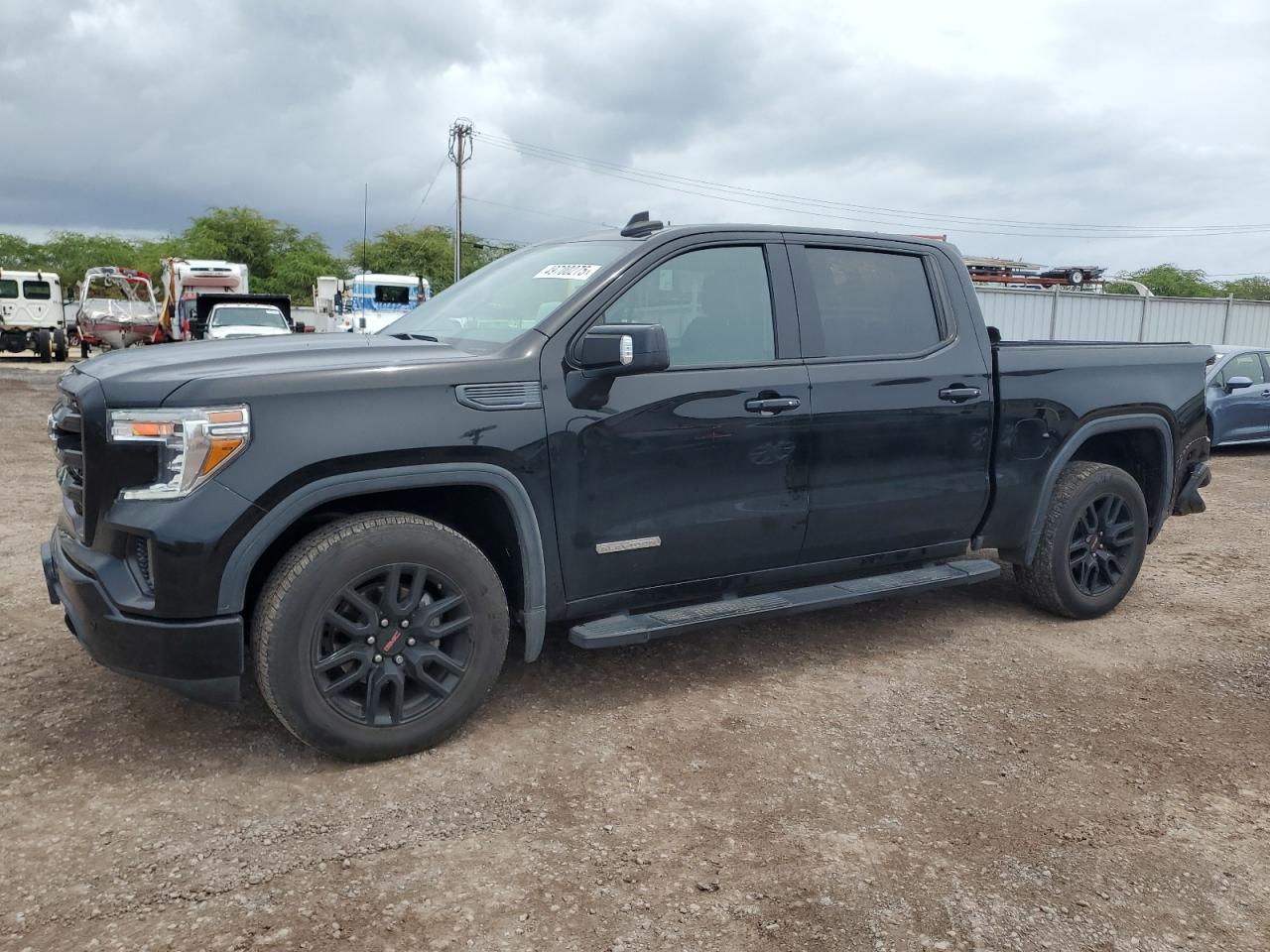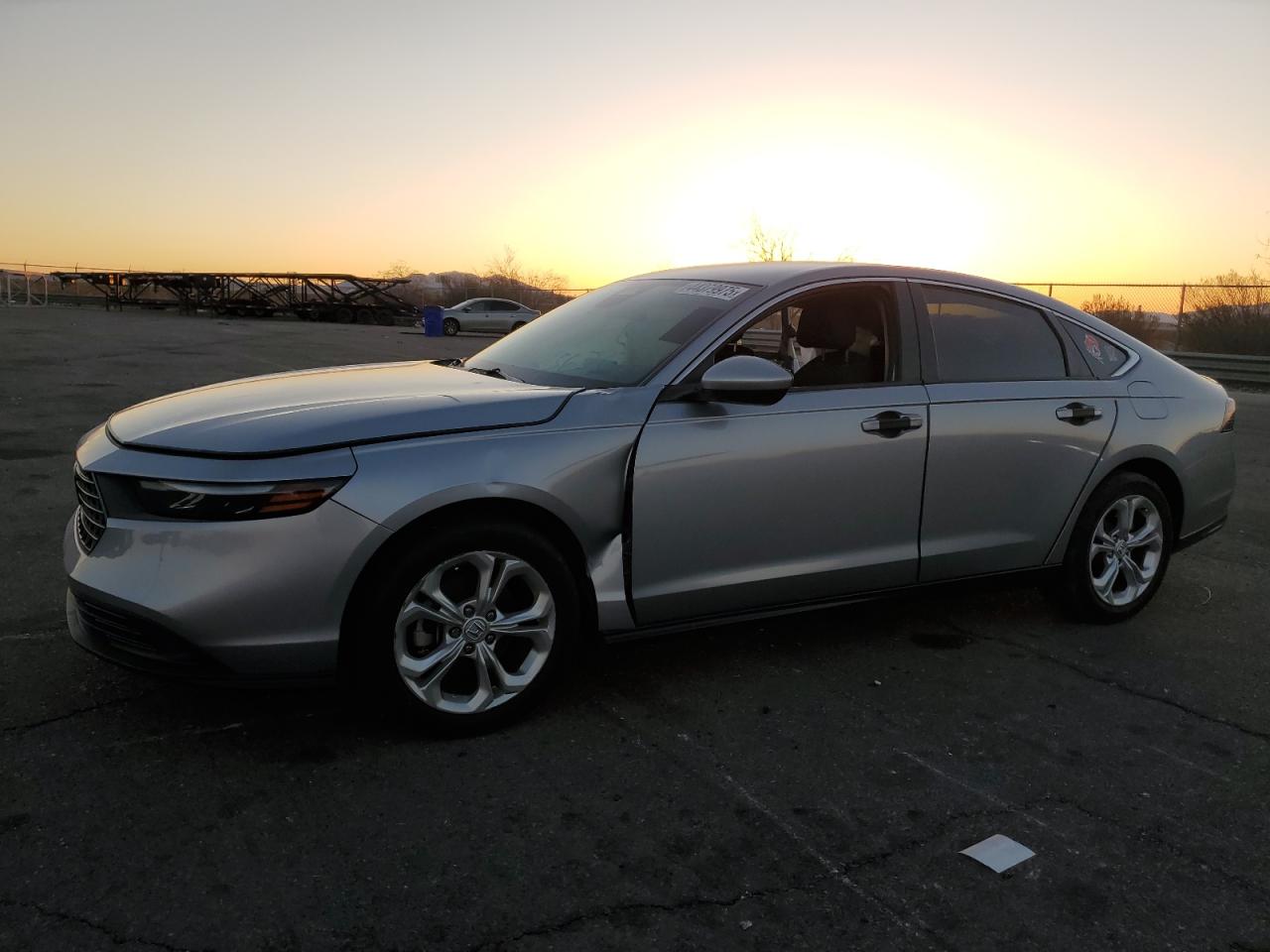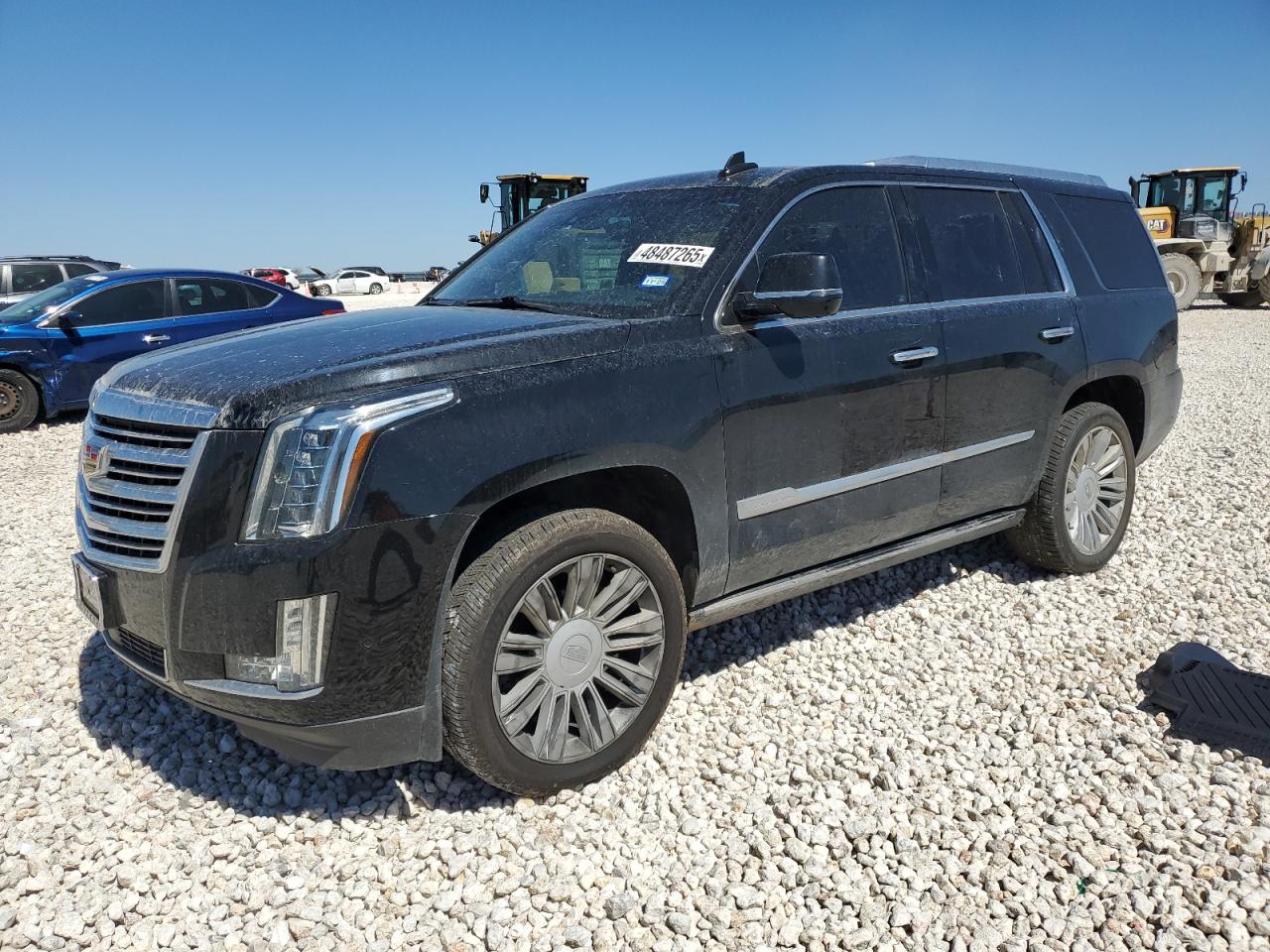2003 FORD MUSTANG | 1FAFP49Y63F330027
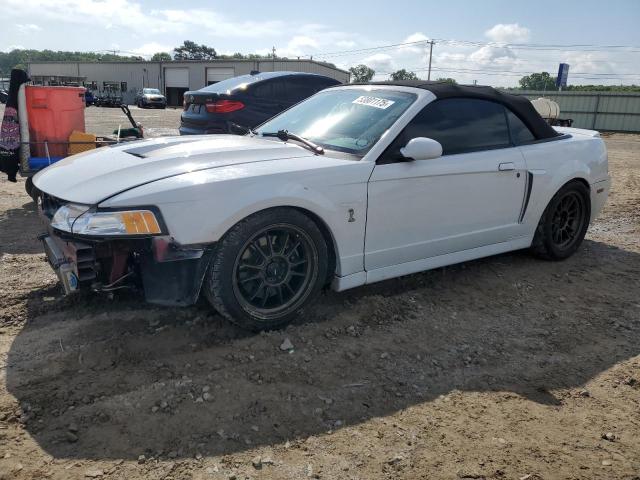 ❯
❯
Specifications
5
~$35,000
Engine: 4.6L Supercharged DOHC V8
Torque: 529 Nm
0–100 km/h: ~4.7 s
The 2003–2004 Ford Mustang SVT Cobra, code-named “Terminator”, marked a dramatic leap in Mustang performance — transforming the pony car into a legitimate sports car rival. Powered by a supercharged 4.6L DOHC V8 and backed by a Tremec T-56 6-speed manual, it delivered explosive performance that shocked the industry: 0–100 km/h in ~4.5 seconds and quarter-mile times in the high 12s.
But the Terminator wasn’t just about power. It introduced, for the first time in a Mustang, independent rear suspension (IRS) — significantly improving high-speed stability and handling precision compared to the live axle found in all other Mustangs of the era. Larger brakes, stiffer chassis bracing, and aggressive gearing completed the high-performance package.
Visually, the Cobra differentiated itself with a heat-extracting hood, unique bumpers, 17” wheels, and subtle “COBRA” embossing on the rear fascia. Inside, it retained a sleeper character — minimal badging, subtle trim changes, and supportive leather seats. But under the hood, the iron-block V8 and Eaton M112 blower turned the Mustang into a factory hot rod capable of beating Corvettes, Camaros, and even European sports coupes of the time.
The SVT Cobra “Terminator” earns its place in the performance registry as the first truly modern, high-performance Mustang, combining brute-force power with chassis and braking improvements that elevated it far beyond its GT roots — and laid the foundation for future Shelby and Mach 1 variants.
Body Styles
The SN95 and New Edge Mustangs were produced in two primary formats: 2-door coupe and 2-door convertible. The early SN95 (1994–1998) featured softer, rounded styling with tri-bar tail lights and integrated bumpers. In 1999, Ford introduced the New Edge design language, bringing sharper creases, angular headlights, and a more muscular stance — all without changing the core platform.
The Cobra variants featured subtle body changes, including hood vents, unique front bumpers, fog lights, and rear spoilers. The Terminator (2003–2004) added a bulged hood, independent rear suspension, and a more aggressive chin spoiler.
Despite the aging Fox platform underneath, Ford continuously revised suspension geometry, wheelbase, and rigidity, especially in the Cobra variants.
Model Name Meaning (Manufacturer)
“Mustang” draws its name from the wild American horse, evoking freedom, speed, and spirit. Originally introduced in 1964 as a “pony car,” the Mustang’s branding became iconic — representing American performance and youth culture. Ford kept the Mustang alive through multiple redesigns, and the SN95 generation (1994–2004) signaled a renaissance of the model after the departure of the Fox-body.
“GT” refers to Grand Touring, while “Cobra” denotes the high-performance versions engineered by Ford's Special Vehicle Team (SVT) — combining track readiness with factory backing.
Model Name Meaning (Languages)
The term “Mustang” is consistent globally and requires no translation. Across Europe, Latin America, and Asia, the name evokes Americana, muscle car culture, and V8 soundtracks. “Cobra” carries universal associations with venomous speed and motorsport. The branding relies more on emotional resonance than linguistic meaning — something Ford maintained across decades.
Body & Interior Colors and Rims
The Ford Mustang, spanning the SN95 and New Edge eras, marked a bold redesign of the iconic American pony car, transitioning from its Fox Body roots to a more modern, aerodynamic, and eventually aggressive look. Across this generation, Ford offered a broad and evolving range of body colors, interior trims, and wheel options, each reflecting the Mustang’s enduring identity as a performance symbol with wide customization appeal.
The exterior colors during this period reflected a mix of classic muscle car heritage and era-specific boldness. Early SN95 models (1994–1998) offered shades like Rio Red, Deep Forest Green, Laser Red, and Opal Frost, alongside traditional Oxford White and Black. Ford also introduced colors with a high metallic content, such as Pacific Green and Crystal White, giving the car a sleeker, more refined appearance. As the New Edge facelift debuted in 1999, the color palette became more aggressive and futuristic, with standout shades like Zinc Yellow, Mineral Grey, True Blue, Torch Red, Electric Green, and the rare Mystichrome paint available on the 2004 SVT Cobra — a color-shifting finish that changed from green to purple to blue depending on the light.
Inside, the Mustang evolved from basic to increasingly refined layouts, particularly in GT and SVT Cobra trims. Base models came with durable cloth upholstery in shades such as Graphite, Saddle, Medium Parchment, and Opal Grey. GT and Cobra models introduced leather-trimmed seats with optional two-tone combinations, such as Dark Charcoal with Red or Medium Graphite inserts. SVT Cobra interiors stood out with embroidered Cobra logos, leather-wrapped shift knobs, and brushed aluminum or silver dash accents in later years. The 1999–2004 New Edge redesign brought sharper interior detailing, improved ergonomics, and more cohesive color-matching between dashboard, seats, and trim elements. Special edition Mustangs — like the Bullitt (2001), Mach 1 (2003–04), and Cobra — also featured unique trim textures, badges, and seat patterns exclusive to their variants.
Wheel designs were a major component of the Mustang’s visual identity. Early SN95 base models ran on 15-inch steel wheels with hubcaps or simple 5-spoke alloys, while GTs upgraded to 16-inch pony-style wheels or tri-bar alloys. The 1999 refresh introduced 17-inch 5- and 10-spoke designs with machined, chrome, or satin finishes. The Bullitt Mustang wore special 17-inch "Torq Thrust"-style wheels, while the Mach 1 featured heritage Magnum 500–inspired wheels with black inserts. SVT Cobras across the generation featured increasingly aggressive wheel designs — from the 17-inch split 5-spokes on the ’96 Cobra to the 18-inch 5-spoke chrome wheels on the 2003–04 Terminator Cobra. Performance packages often paired these wheels with larger brakes, painted calipers, and low-profile Z-rated tires, adding serious capability to the Mustang’s road presence.
Top Expensive Options
- SVT Cobra Package: ~$6,000
- Convertible Soft Top (power-operated): ~$2,000
- Mach 460 Premium Audio System: ~$500
- Mystic / Mystichrome Paint (Cobra): ~$3,500
- Leather Interior Package: ~$1,200
- ABS + Traction Control (GT+): ~$600
- 6-Speed Manual Transmission (Terminator only): ~$1,500
- Rear Spoiler & Side Skirts Package: ~$800
- Chrome Cobra Wheels (18”): ~$1,000
- IRS Rear Suspension (SVT Cobra only): ~$2,000+ (factory cost)
vs Competitors
During its production span, the Mustang competed with the Chevrolet Camaro (4th gen), Pontiac Firebird, Dodge Neon SRT-4, and later the Subaru WRX STI in performance price brackets. The Mustang GT offered strong straight-line performance but was often criticized for its aging suspension (live rear axle), especially against the IRS-equipped Camaro Z28 and Firebird WS6.
However, the SVT Cobra Terminator (2003–2004) dramatically changed the narrative. It delivered Vette-level power at a much lower price, and its IRS gave it a real edge in handling. Against the Camaro SS, it was more refined and mod-friendly, becoming a cult favorite in drag racing and tuning scenes.
Fun Fact
The 2003–2004 SVT Cobra “Terminator” was the first Mustang to use a factory-supercharged engine — the 4.6L DOHC V8 with an Eaton M112 blower. Ford SVT deliberately underrated the power output, with many dyno tests showing 400+ hp at the wheels. It also introduced independent rear suspension, something no other Mustang offered until the 2015 model. The Terminator name was coined by SVT engineers to denote the “end” of the Camaro, which was discontinued just as the Cobra arrived.
Lot Details
-
Sale Date09/Jun/2025
-
Lot Number53801175
-
Location
-
Odometer105,049 miles (169,060 km)
-
Primary Damage:FRONT END
-
Secondary DamageSIDE
-
Seller
-
Fuel
-
Engine Type4.6L 8
-
Transmission
-
Drive Type
-
Color
Final Bid Ford Mustang (2003)
$15,000
$17,967
$20,800
Specifications
5
~$35,000
Torque:
0–100 km/h:
The 2003–2004 Ford Mustang SVT Cobra, code-named “Terminator”, marked a dramatic leap in Mustang performance — transforming the pony car into a legitimate sports car rival. Powered by a supercharged 4.6L DOHC V8 and backed by a Tremec T-56 6-speed manual, it delivered explosive performance that shocked the industry: 0–100 km/h in ~4.5 seconds and quarter-mile times in the high 12s.
But the Terminator wasn’t just about power. It introduced, for the first time in a Mustang, independent rear suspension (IRS) — significantly improving high-speed stability and handling precision compared to the live axle found in all other Mustangs of the era. Larger brakes, stiffer chassis bracing, and aggressive gearing completed the high-performance package.
Visually, the Cobra differentiated itself with a heat-extracting hood, unique bumpers, 17” wheels, and subtle “COBRA” embossing on the rear fascia. Inside, it retained a sleeper character — minimal badging, subtle trim changes, and supportive leather seats. But under the hood, the iron-block V8 and Eaton M112 blower turned the Mustang into a factory hot rod capable of beating Corvettes, Camaros, and even European sports coupes of the time.
The SVT Cobra “Terminator” earns its place in the performance registry as the first truly modern, high-performance Mustang, combining brute-force power with chassis and braking improvements that elevated it far beyond its GT roots — and laid the foundation for future Shelby and Mach 1 variants.
Body Styles
The SN95 and New Edge Mustangs were produced in two primary formats: 2-door coupe and 2-door convertible. The early SN95 (1994–1998) featured softer, rounded styling with tri-bar tail lights and integrated bumpers. In 1999, Ford introduced the New Edge design language, bringing sharper creases, angular headlights, and a more muscular stance — all without changing the core platform.
The Cobra variants featured subtle body changes, including hood vents, unique front bumpers, fog lights, and rear spoilers. The Terminator (2003–2004) added a bulged hood, independent rear suspension, and a more aggressive chin spoiler.
Despite the aging Fox platform underneath, Ford continuously revised suspension geometry, wheelbase, and rigidity, especially in the Cobra variants.
Model Name Meaning (Manufacturer)
“Mustang” draws its name from the wild American horse, evoking freedom, speed, and spirit. Originally introduced in 1964 as a “pony car,” the Mustang’s branding became iconic — representing American performance and youth culture. Ford kept the Mustang alive through multiple redesigns, and the SN95 generation (1994–2004) signaled a renaissance of the model after the departure of the Fox-body.
“GT” refers to Grand Touring, while “Cobra” denotes the high-performance versions engineered by Ford's Special Vehicle Team (SVT) — combining track readiness with factory backing.
Model Name Meaning (Languages)
The term “Mustang” is consistent globally and requires no translation. Across Europe, Latin America, and Asia, the name evokes Americana, muscle car culture, and V8 soundtracks. “Cobra” carries universal associations with venomous speed and motorsport. The branding relies more on emotional resonance than linguistic meaning — something Ford maintained across decades.
Body & Interior Colors and Rims
The Ford Mustang, spanning the SN95 and New Edge eras, marked a bold redesign of the iconic American pony car, transitioning from its Fox Body roots to a more modern, aerodynamic, and eventually aggressive look. Across this generation, Ford offered a broad and evolving range of body colors, interior trims, and wheel options, each reflecting the Mustang’s enduring identity as a performance symbol with wide customization appeal.
The exterior colors during this period reflected a mix of classic muscle car heritage and era-specific boldness. Early SN95 models (1994–1998) offered shades like Rio Red, Deep Forest Green, Laser Red, and Opal Frost, alongside traditional Oxford White and Black. Ford also introduced colors with a high metallic content, such as Pacific Green and Crystal White, giving the car a sleeker, more refined appearance. As the New Edge facelift debuted in 1999, the color palette became more aggressive and futuristic, with standout shades like Zinc Yellow, Mineral Grey, True Blue, Torch Red, Electric Green, and the rare Mystichrome paint available on the 2004 SVT Cobra — a color-shifting finish that changed from green to purple to blue depending on the light.
Inside, the Mustang evolved from basic to increasingly refined layouts, particularly in GT and SVT Cobra trims. Base models came with durable cloth upholstery in shades such as Graphite, Saddle, Medium Parchment, and Opal Grey. GT and Cobra models introduced leather-trimmed seats with optional two-tone combinations, such as Dark Charcoal with Red or Medium Graphite inserts. SVT Cobra interiors stood out with embroidered Cobra logos, leather-wrapped shift knobs, and brushed aluminum or silver dash accents in later years. The 1999–2004 New Edge redesign brought sharper interior detailing, improved ergonomics, and more cohesive color-matching between dashboard, seats, and trim elements. Special edition Mustangs — like the Bullitt (2001), Mach 1 (2003–04), and Cobra — also featured unique trim textures, badges, and seat patterns exclusive to their variants.
Wheel designs were a major component of the Mustang’s visual identity. Early SN95 base models ran on 15-inch steel wheels with hubcaps or simple 5-spoke alloys, while GTs upgraded to 16-inch pony-style wheels or tri-bar alloys. The 1999 refresh introduced 17-inch 5- and 10-spoke designs with machined, chrome, or satin finishes. The Bullitt Mustang wore special 17-inch "Torq Thrust"-style wheels, while the Mach 1 featured heritage Magnum 500–inspired wheels with black inserts. SVT Cobras across the generation featured increasingly aggressive wheel designs — from the 17-inch split 5-spokes on the ’96 Cobra to the 18-inch 5-spoke chrome wheels on the 2003–04 Terminator Cobra. Performance packages often paired these wheels with larger brakes, painted calipers, and low-profile Z-rated tires, adding serious capability to the Mustang’s road presence.
Top Expensive Options
- SVT Cobra Package: ~$6,000
- Convertible Soft Top (power-operated): ~$2,000
- Mach 460 Premium Audio System: ~$500
- Mystic / Mystichrome Paint (Cobra): ~$3,500
- Leather Interior Package: ~$1,200
- ABS + Traction Control (GT+): ~$600
- 6-Speed Manual Transmission (Terminator only): ~$1,500
- Rear Spoiler & Side Skirts Package: ~$800
- Chrome Cobra Wheels (18”): ~$1,000
- IRS Rear Suspension (SVT Cobra only): ~$2,000+ (factory cost)
vs Competitors
During its production span, the Mustang competed with the Chevrolet Camaro (4th gen), Pontiac Firebird, Dodge Neon SRT-4, and later the Subaru WRX STI in performance price brackets. The Mustang GT offered strong straight-line performance but was often criticized for its aging suspension (live rear axle), especially against the IRS-equipped Camaro Z28 and Firebird WS6.
However, the SVT Cobra Terminator (2003–2004) dramatically changed the narrative. It delivered Vette-level power at a much lower price, and its IRS gave it a real edge in handling. Against the Camaro SS, it was more refined and mod-friendly, becoming a cult favorite in drag racing and tuning scenes.
Fun Fact
The 2003–2004 SVT Cobra “Terminator” was the first Mustang to use a factory-supercharged engine — the 4.6L DOHC V8 with an Eaton M112 blower. Ford SVT deliberately underrated the power output, with many dyno tests showing 400+ hp at the wheels. It also introduced independent rear suspension, something no other Mustang offered until the 2015 model. The Terminator name was coined by SVT engineers to denote the “end” of the Camaro, which was discontinued just as the Cobra arrived.


